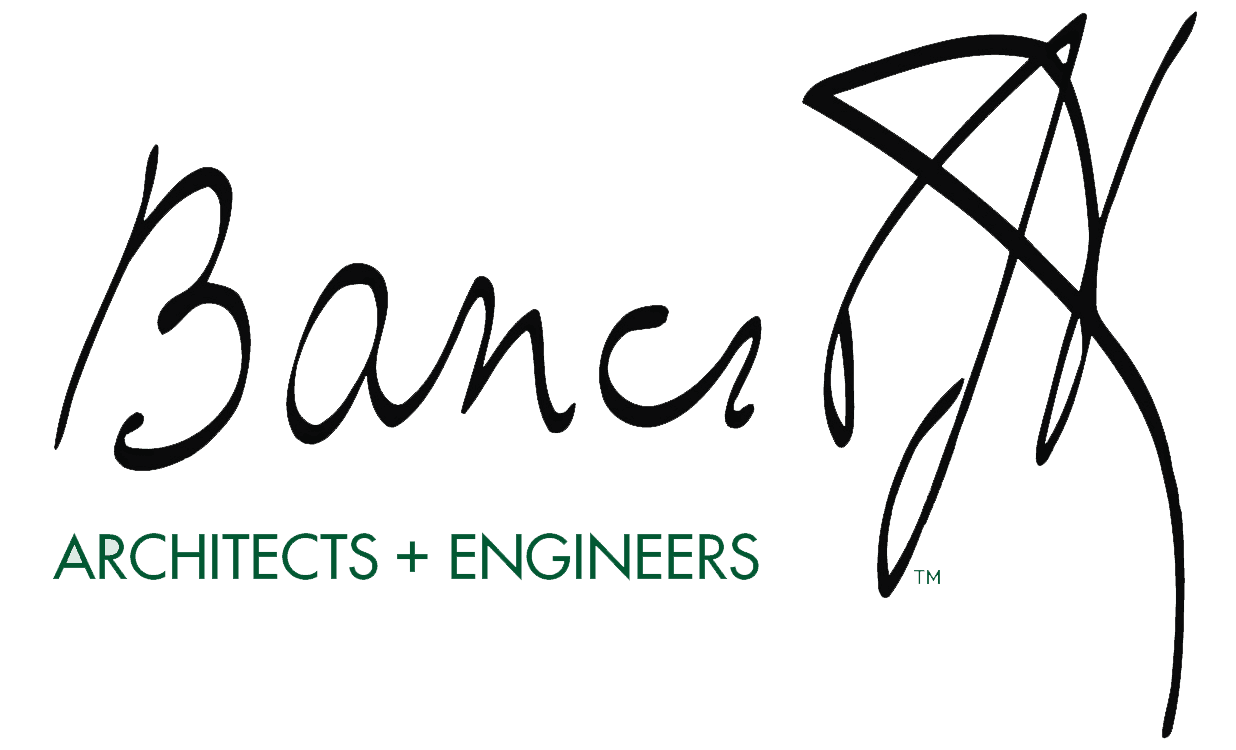Breaking Down Conceptual Design Architecture for Healthcare Facilities
Learn how to elevate patient care and enhance healing environments through the power of thoughtful conceptual design in architecture for healthcare facilities.
Learn how to elevate patient care and enhance healing environments through the power of thoughtful conceptual design in architecture for healthcare facilities.
Conceptual design is the initial phase of the design process, which focuses on translating requirements and constraints into a series of sketches and models. These early representations pave the path for further development and refinement, embodying the goals of the healthcare facility. Conceptual design in architecture creates a roadmap for a facility that can improve patient well-being and care efficiency.
Thoughtfully designed healthcare environments can profoundly impact patient recovery times, staff efficiency, and overall healthcare outcomes. A conceptual design architecture approach tailored for healthcare facilities considers everything from patient flow to staff needs, shaping the experience for everyone who walks through its doors.
Welcome to the heart of any healthcare facility—the entrance and reception area. This is often the first encounter patients and their families have with a care environment, and its design sets the tone for the entire experience.
First impressions matter, especially in healthcare settings. An entrance that radiates warmth and accessibility can significantly reduce patient stress. With the right design, you can create a sense of assurance and belonging from the moment someone steps through the door.
So, what goes into the anatomy of a welcoming space? Consider the following:
An inviting reception area is more than just a place to wait. It acts as a calming oasis, a buffer zone that helps transition patients from the hustle and bustle of the outside world into a space of healing and privacy. Through thoughtful conceptual design architecture, healthcare facilities can create entrances and reception areas that look good and actively contribute to a patient’s healing journey.
Patient comfort and privacy are crucial for treatment rooms. Every aspect of the architecture must ensure that patients feel secure and relaxed. Modern design considers the need for private changing areas, soundproofing to protect sensitive conversations, and layouts that prevent direct lines of sight from outside the room. The intention is to create a sanctuary where patients can focus on healing without external stressors.
Room layout plays a pivotal role in patient well-being. Spatial planning should accommodate free movement and provide ample space for healthcare providers without infringing on the patient’s personal area. Lighting should be adaptable, allowing for bright conditions during procedures but capable of being softened to enhance relaxation. Color schemes must be chosen with care; soothing tones help establish a calming atmosphere, alleviating anxiety and improving patient mood.
Incorporating medical equipment into treatment rooms poses a substantial design challenge. It must be accessible for practitioners while minimizing its intimidating presence for patients. Sleek cabinetry that allows equipment to be stowed out of sight, mobile units that can be brought in only when necessary, and the strategic use of screens or dividers help in achieving this balance. Best practices suggest that integrating technology in a way that it blends into the background can make all the difference in maintaining a treatment room as a place of comfort, not fear.
Bancroft Architects Engineers can transform your healthcare space into an environment of healing and efficiency. From patient-centric designs to inclusive and accessible spaces, our evidence-based approach ensures your facility meets the needs of those you serve while standing ready for the technological advancements of tomorrow.
Every patient deserves to receive care in an environment that is welcoming and accessible. Designing healthcare facilities with accessibility and inclusivity as core principles is a commitment to compassion and dignity for all individuals, regardless of their physical abilities or backgrounds.
To ensure that everyone can navigate healthcare spaces comfortably, it’s crucial to incorporate features like ramps, elevators, and wide doorways right from the conceptual design phase. These architectural elements are essential for accommodating patients with mobility challenges, helping to eliminate barriers that could otherwise hinder their access to care.
Inclusive design goes beyond physical accessibility; it’s about crafting spaces that meet the diverse needs of individuals across the age and ability spectrum. By integrating inclusive design principles, architects can ensure healthcare facilities cater to patients of all ages, abilities, and backgrounds.
The trend towards more open and airy healthcare facilities can sometimes conflict with the need for private spaces. It’s essential to design areas that facilitate positive patient outcomes while also making sure that conversations and treatments remain confidential. Strategic layout planning and the use of smart materials can create environments that are both inviting and discreet.
Protecting personal health information is a prime concern. Conceptual designs must integrate:
With Bour team, you can expect an evidence-based design ethos, ensuring that every architectural decision is backed by research and contributes to a healing environment. We’re forward-thinkers in technology integration, designing adaptable systems ready to embrace the latest medical technologies and IT infrastructure. Rigorous adherence to regulatory compliance is a cornerstone of our work, guaranteeing that every facility meets the highest safety and building codes.
We also cultivate a culture of safety through continuous training and clear communication, as we know the significant impact they have on patient care. Expertise in electrical, mechanical, plumbing, medical gas, fire protection, and other core systems are part of our comprehensive service package, ensuring that healthcare facilities are equipped for today’s needs and tomorrow’s challenges.
Ready to ensure your healthcare facility is in sound shape? Reach out today.
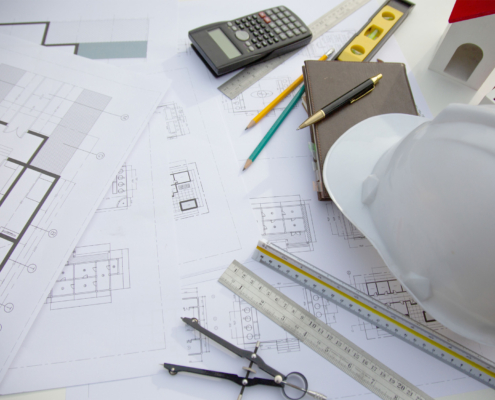
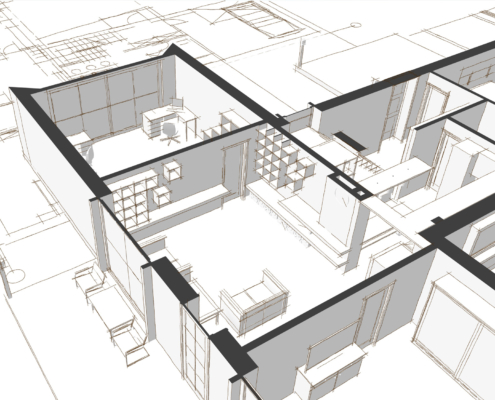
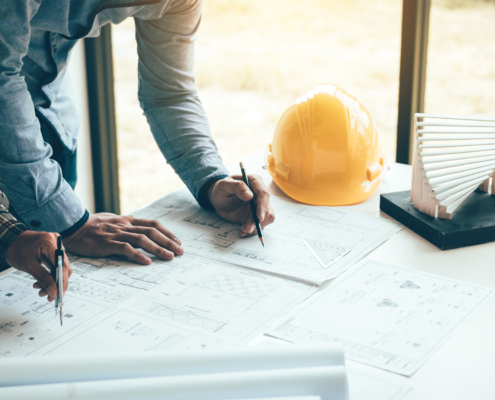
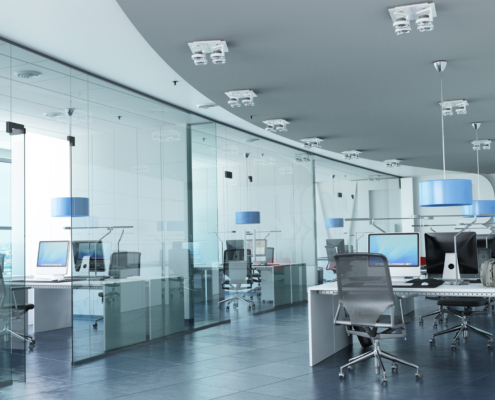

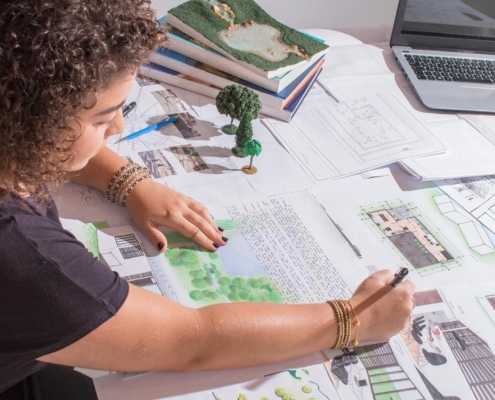

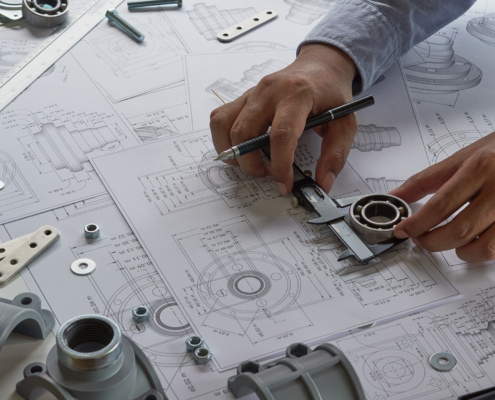

 Where Does Structural Engineering Fit in My Construction Project?
Where Does Structural Engineering Fit in My Construction Project?This site uses cookies. By continuing to browse the site, you are agreeing to our use of cookies.
AcceptLearn moreWe may request cookies to be set on your device. We use cookies to let us know when you visit our websites, how you interact with us, to enrich your user experience, and to customize your relationship with our website.
Click on the different category headings to find out more. You can also change some of your preferences. Note that blocking some types of cookies may impact your experience on our websites and the services we are able to offer.
These cookies are strictly necessary to provide you with services available through our website and to use some of its features.
Because these cookies are strictly necessary to deliver the website, refusing them will have impact how our site functions. You always can block or delete cookies by changing your browser settings and force blocking all cookies on this website. But this will always prompt you to accept/refuse cookies when revisiting our site.
We fully respect if you want to refuse cookies but to avoid asking you again and again kindly allow us to store a cookie for that. You are free to opt out any time or opt in for other cookies to get a better experience. If you refuse cookies we will remove all set cookies in our domain.
We provide you with a list of stored cookies on your computer in our domain so you can check what we stored. Due to security reasons we are not able to show or modify cookies from other domains. You can check these in your browser security settings.
We also use different external services like Google Webfonts, Google Maps, and external Video providers. Since these providers may collect personal data like your IP address we allow you to block them here. Please be aware that this might heavily reduce the functionality and appearance of our site. Changes will take effect once you reload the page.
Google Webfont Settings:
Google Map Settings:
Google reCaptcha Settings:
Vimeo and Youtube video embeds:
